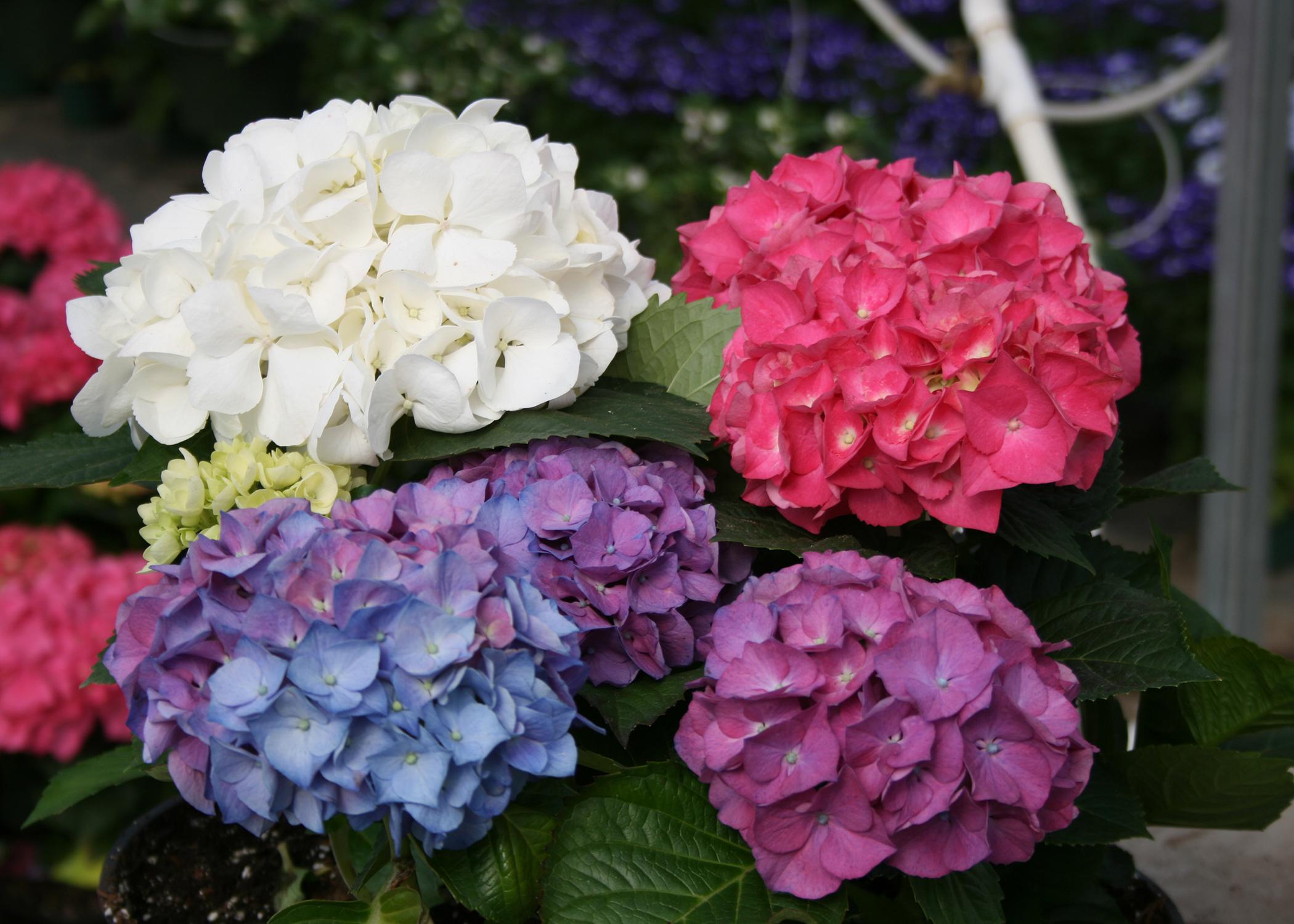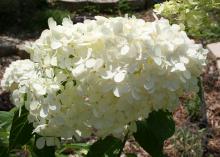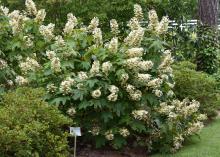Information Possibly Outdated
The information presented on this page was originally released on April 18, 2022. It may not be outdated, but please search our site for more current information. If you plan to quote or reference this information in a publication, please check with the Extension specialist or author before proceeding.
Gary clears some mystery around hydrangea care
Hydrangeas are among the most popular flowering shrubs in Mississippi and across the country.
But when talking to home gardeners, it seems these beautiful shrubs are shrouded in mystery about how to care for them in the landscape. Whether it’s pruning, changing flower color, feeding or watering, home gardeners want the correct information to help them be successful hydrangea growers.
The number one hydrangea question I get in the spring is, “When do I prune my hydrangeas?” My first response is that the answer depends on when the hydrangea flowers bloom.
The bigleaf hydrangea and oakleaf hydrangea, known botanically as Hydrangea macrophylla and Hydrangea quercifolia, respectively, typically set flower buds on old wood from the previous year, like azaleas. If you prune these plants early, you remove those flower buds. That means you prune bigleaf and oakleaf hydrangea later in the spring after they flower.
A newer big leaf hydrangea introduction is Endless Summer, which can bloom throughout the year on both old and new wood.
Hydrangea such as the the panicle, or Hydrangea paniculate, and the popular Annabelle, which is Hydrangea arborescens, bloom in the late spring and through the summer on the current season’s growth. These shrubs can be pruned in early spring before the shrubs leaf out. If you want, you can thin out the stems and prune down the branches by no more than one-third.
The other main question I get concerns how to change the color of hydrangea flowers. This is tricky and involves a little bit of soil pH chemistry.
The first thing to understand is that this does not work on all hydrangeas. Only bigleaf hydrangeas can respond to changes in soil pH, so don’t even attempt it on the other species.
A soil pH of 6.5 and above results in pink flowers, and, generally, there isn’t a problem growing flowers of this color. It gets tricky when you try for blue flowers, as the soil pH needs to be 5.5 or below.
Adding iron to the soil can lower pH; an old suggestion was to bury a can of rusty nails under the hydrangea. This is not a good idea because lowering the soil pH is only part of the story. Aluminum is also required to produce blue flowers.
Adding aluminum sulfate can satisfy both requirements, but it takes time and must be repeated as the soil will always revert back to its natural pH.
One more bit of advice about trying to change soil pH for a particular hydrangea flower color is to get a soil test done first. It will guide you moving forward. It’s common for bigleaf hydrangeas to produce purple flowers because the pH was neither too low nor too high. I like to call these “blurple” flowers.
A better solution is to plant bigleaf hydrangeas that have been bred to be either blue, white or pink. These shrubs do not respond to soil pH modification and display vibrant, clear colors each year.
All of the independent garden centers I’ve visited over the last six weeks have had gorgeous hydrangeas just waiting to go home with you.





